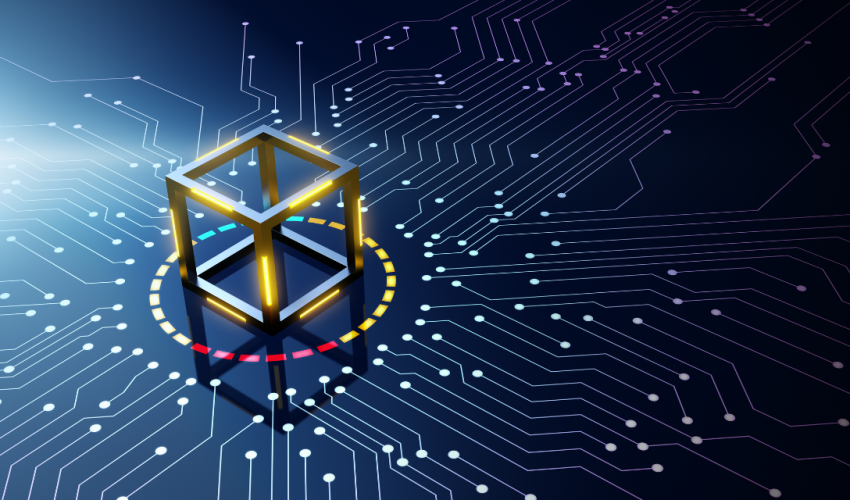The landscape of technology and business is perpetually at the mercy of groundbreaking discoveries, and few potential breakthroughs loom as large on the horizon as the resolution of the (P = NP) problem. This article explores the profound implications of an advancement in AI mathematical capabilities that could effectively solve (P = NP). For blockchain technology, a cornerstone of modern digital transactions and decentralized applications, this advancement could have serious impacts to the technology and its ecosystems. I will use this article to delve into the necessary adaptations within blockchain technology to mitigate the challenges posed by such a paradigm-shifting development.
Understanding (P = NP)
At its core, the (P = NP) question asks whether every problem whose solution can be quickly verified (NP) can also be quickly solved (P). The distinction between solving and verifying problems is fundamental to computational theory and directly impacts the security mechanisms of blockchain technology. A proof that (P = NP), particularly one facilitated by advanced AI, would shatter long-standing cryptographic defenses, challenging the integrity of blockchain technology.
The Impact on Blockchain Technology
Blockchain’s security, famed for its robustness, relies heavily on cryptographic techniques that assume (P \neq NP). The sudden provability of (P = NP) would jeopardize the cryptographic underpinning of blockchain, affecting everything from cryptocurrency transactions to smart contracts. The direct consequences would include:
- Vulnerability to Fraud: The sanctity of transactions could be compromised, enabling fraudulent activities like double-spending.
- Loss of Privacy: Encrypted data could be exposed, undermining anonymity and confidentiality.
- Disruption of Trust: The foundational trust in blockchain’s immutability and security could be eroded, affecting its adoption and utility.
Necessary Adaptations for Blockchain Technology
To navigate these tumultuous waters, blockchain technology would need to undergo significant adaptations. Here are some examples of the innovative paths forward:
- Advanced Cryptographic Techniques: The adoption of new cryptographic frameworks that remain secure even under the assumption that (P = NP). Lattice-based cryptography, for example, is seen as a promising quantum-resistant approach that could also offer security in a post-(P = NP) world.
- Quantum Cryptography: Leveraging the principles of quantum mechanics, quantum cryptography provides a fundamentally different approach to securing data. Techniques like Quantum Key Distribution (QKD) could offer a new layer of security that is not predicated on the (P \neq NP) assumption.
- Hybrid Blockchain Models: Developing blockchain models that combine traditional cryptographic security with additional verification layers. This could include multi-factor authentication processes, decentralized consensus mechanisms that require physical verification, or the integration of biometric data as part of the transaction process.
- Enhanced Consensus Algorithms: Exploring new consensus mechanisms that do not rely solely on cryptographic puzzles. Proof of stake (PoS), proof of authority (PoA), and other consensus models could be further developed to ensure security and integrity without depending on vulnerable cryptographic methods.
Conclusion
The hypothetical AI-driven proof of (P = NP) presents a formidable challenge to blockchain technology, but it also offers a catalyst for innovation. The potential vulnerabilities exposed would necessitate a reimagining of security protocols and the development of new cryptographic paradigms. By exploring advanced cryptographic techniques, quantum cryptography, hybrid models, and enhanced consensus algorithms, the blockchain community can not only navigate these uncharted waters but emerge more resilient and versatile. This journey underscores the dynamic interplay between theoretical computer science and practical technological application, reminding us that in the face of disruption, adaptability is key.
